Mercury Prize 2016: Who should be on this year's shortlist?
Andy Gill picks the 12 albums he thinks should be nominated for this year's prize

Your support helps us to tell the story
From reproductive rights to climate change to Big Tech, The Independent is on the ground when the story is developing. Whether it's investigating the financials of Elon Musk's pro-Trump PAC or producing our latest documentary, 'The A Word', which shines a light on the American women fighting for reproductive rights, we know how important it is to parse out the facts from the messaging.
At such a critical moment in US history, we need reporters on the ground. Your donation allows us to keep sending journalists to speak to both sides of the story.
The Independent is trusted by Americans across the entire political spectrum. And unlike many other quality news outlets, we choose not to lock Americans out of our reporting and analysis with paywalls. We believe quality journalism should be available to everyone, paid for by those who can afford it.
Your support makes all the difference.This coming Thursday, the shortlist for the newly revamped Mercury Prize will be announced, an annual event usually attended by equal parts excitement, disappointment and, frequently, puzzlement. This year, however, things may be more satisfying, as with a new judging panel again comprised solely of broadcasters, critics and creatives, there should be a tight focus on purely artistic merits. And with the likes of producer Naughty Boy and performers Jarvis Cocker, Jamie Cullum, Jessie Ware, Kate Tempest, and Ellie Rowsell from Wolf Alice involved, there will be no shortfall of strong opinions, expressed with articulate passion.
The actual judging process has been overhauled, too, allowing the public to have more of a say in the winner. On the night of the Awards, the shortlisted dozen albums will be whittled down to six final contenders, five chosen by the judges and one in an online poll; the winner will then be selected from this final six.
As ever, the composition of the shortlist raises a variety of questions. Is it possible to overlook Adele’s 25? Would the inclusion of Bowie’s Blackstar be driven by sentiment? Should older contenders like Rod Stewart and Tom Jones, and mainstream acts like Coldplay and Pet Shop Boys, be overlooked in favour of newer performers, as has been the case in recent years? The perennial conundrum about the comparability of different genres, meanwhile, will surely go unanswered again – though it would be a brave or foolhardy gambler who placed bets on whichever folk or jazz albums are shortlisted. For what it’s worth, my own shortlist would look something like this:
Anohni
Hopelessness
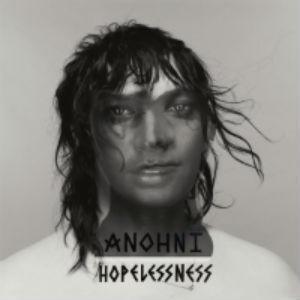
Where Anthony Hegarty’s previous Mercury-winning work as Anthony & The Johnsons dealt mostly with concerns of personal identity, this first album from his new feminine persona Anohni offers stark political protest set to electronic dance pulses and synthesised noise, on subjects such as drone bombings, ecology and whistleblowers. It’s a bitterly beautiful album of angry sentiments, delivered with delicacy.
Marry Waterson and David A. Jaycock
Two Wolves
Two Wolves is an album that brilliantly fulfills folk music’s ability to reveal the eternal in the momentary, the particular in the general, and the adult in the child. It’s a world of imaginative projection, Waterson and Jaycock equally adept at evoking a child’s “unsurrendered mind” and the anxieties of a dying seaside village. with arrangements built around crystalline piano and brooding strings, eerie bowed saw and enigmatic woodwind, it’s an enchanted forest beckoning one in.
Bat For Lashes
The Bride
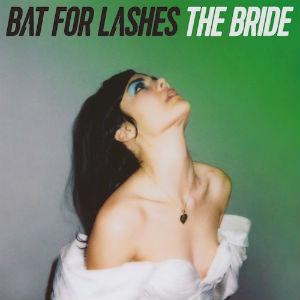
Natasha Khan’s strongest album yet eschews her more whimsical, fairytale tendencies in favour of a long-form narrative concerning the emotional recovery of a bride whose groom is killed en route to their wedding. Setting off alone on honeymoon, she undergoes an epiphany of self-discovery. Set to a wide-ranging, dramatic palette of guitars, strings and organ drones, it’s an absorbing reflection on the inescapable inter-connectedness of love and death.
Skepta
Konnichiwa
With Konnichiwa, Skepta hoists grime to another level. It’s not just a case of his lyrical prowess, which goes some way deeper than most of his peers; nor the groove innovations involving sampled shouting kids and synths. It’s the intense, single-minded focus that finds him claiming “This ain’t a culture, it’s my religion” - and while that religion can be exclusive at times, there’s an engaging warmth underlying even the generic paranoid beefs.
James Blake
The Colour In Anything
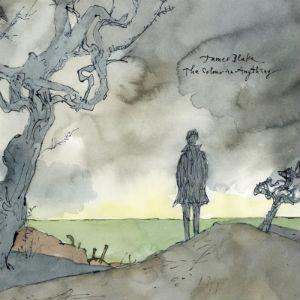
Always an emotionally exposed artist, James Blake here focuses, albeit tentatively, on issues that clearly cause him pain, crooning tremulously over his characteristic slow beats and glitchy soundscapes. As ever, there’s a keen appreciation of space in his music, and especially of the emotional power of that space: within its cavernous lacunae one can sense disparate, divided hearts desperately struggling to touch each other.
The James Hunter Six
Hold On!
Another rug-rolling party album from the UK’s most reliable R&B band, Hold On! eschews the usual Motown stomp-beats in favour of lighter, more sylph-like grooves recalling the earlier Sixties styles of such as Sam Cooke and The Impressions. But the most pleasant surprises come from the range of Latin grooves – cha-cha-cha, rumba and bossa nova – adding an elegant sway behind Hunter’s cool, sultry soul croon.
David Bowie
Blackstar
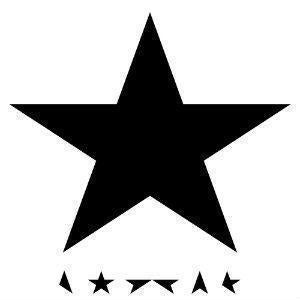
Bowie’s final offering was as far as he’d strayed from pop in a long while, with its melancholy, abstracted musings on forbidding themes, set to a mad cacophony of drum’n’bass beats and squealing jazz saxophone, sounding closer to the astringent explorations of Scott Walker’s recent output. A defiant expression of a protean artist’s determination to keep probing the unknown, right to the end.
The Coral
Distance Inbetween
There’s always been a psychedelic gleam to The Coral’s music, and never more so than on this revitalised comeback album, which seethes with eerie harmonies, backwards guitar solos and fantastical speculations. Heavier than previous Coral albums, it emulates earlier lysergic explorers such as Pink Floyd and The Pretty Things, aswirl with wiry guitars, sonic fizz and mysterious mellotron strings smeared across tracks like streaks of day-glo facepaint.
Michael Kiwanuka
Love & Hate
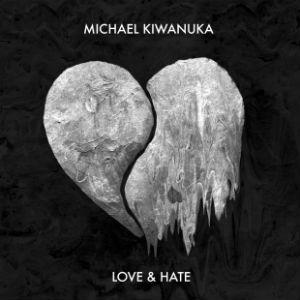
Producer Brian “Dangermouse” Burton brings added textural depth and an expansive pop sensibility to Michael Kiwanuka’s second album, on which the singer’s retro-soul leanings are evident in various Marvin Gaye and Curtis Mayfield stylings. Burton’s influence is most effective on the nine-minute “Cold Little Heart”, a powerful statement of intent which builds from piano and the merest shiver of strings to a Morricone-esque pitch of intensity.
Let’s Eat Grandma
I, Gemini
A heartening confirmation of boundless British creativity, I, Gemini reflects the hyperactive imaginations of two 17-year-old girls from Norfolk, driven to create what they weren’t hearing on the radio. Working with a lo-fi palette of mostly acoustic instruments and synth drones, they’ve conjured a weird wonderland of uncertain emancipation: the contrast between the haunting naivete of their childlike voices and the dark portents of the arrangements creates an arresting suspension between innocent and sinister.
Underworld
Barbara Barbara, We Face a Shining Future
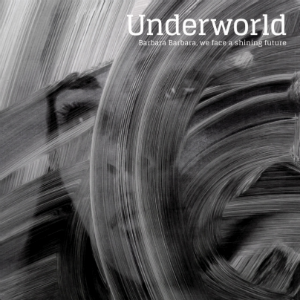
Inspired by 2014’s shows celebrating the 20th Anniversary of Dubnobasswithmyheadman, Underworld’s comeback after a half-decade of side-project commissions (mostly for Danny Boyle) offers a euphoric confirmation of their original principles. With deliberate echoes and evocations of early rave culture blended with fresh new sonic strategies involving synthetic French horns, Arabic reeds and Mexican cuatro, it’s a beautiful, warm album, more poignant than nostalgic, but driven by an abiding pioneer spirit.
Zayn
Mind Of Mine
Released amidst an ugly spate of terrorist atrocities, Zayn Malik’s solo debut offered a timely counterbalance to the jihadist defamation of Islamic culture, his charm and sheer vocal talent embodying an uplifting grace and wonder. Songs like “Blue” and the melismatic “It’s You” have the light, aspirational quality of prayers, balanced by the more worldly R&B confessions of tracks such as “Lucozade”; and his occasional Qawwali-style elisions hint at the broader aesthetic possibilities of other cultures.
Join our commenting forum
Join thought-provoking conversations, follow other Independent readers and see their replies
Comments